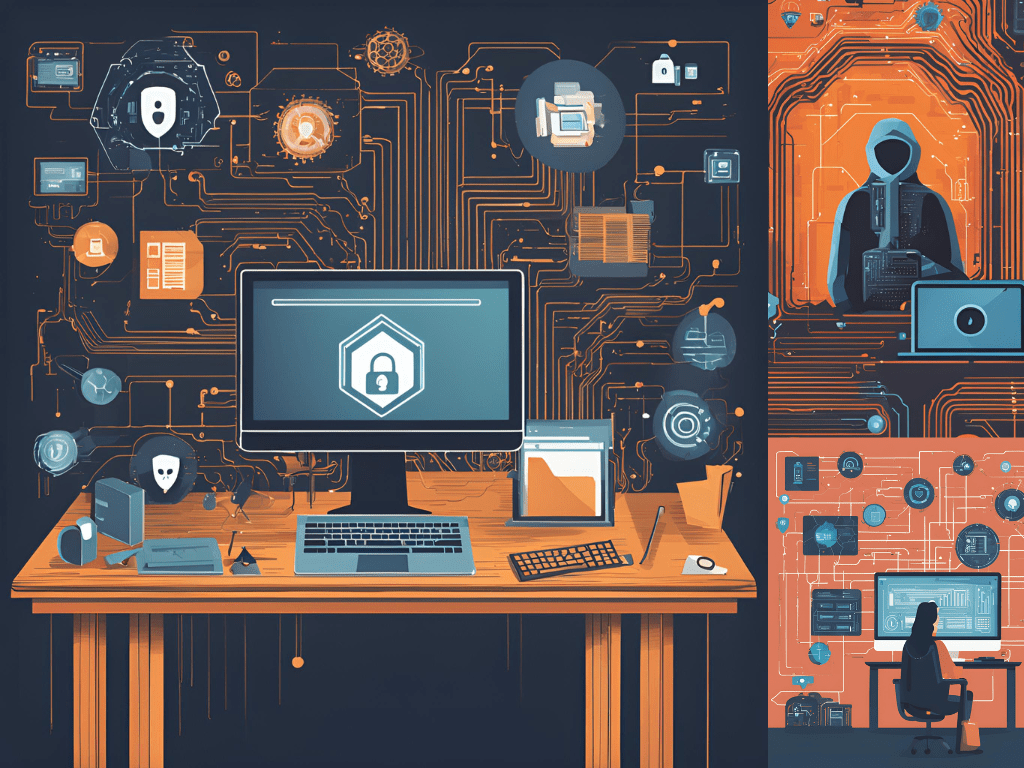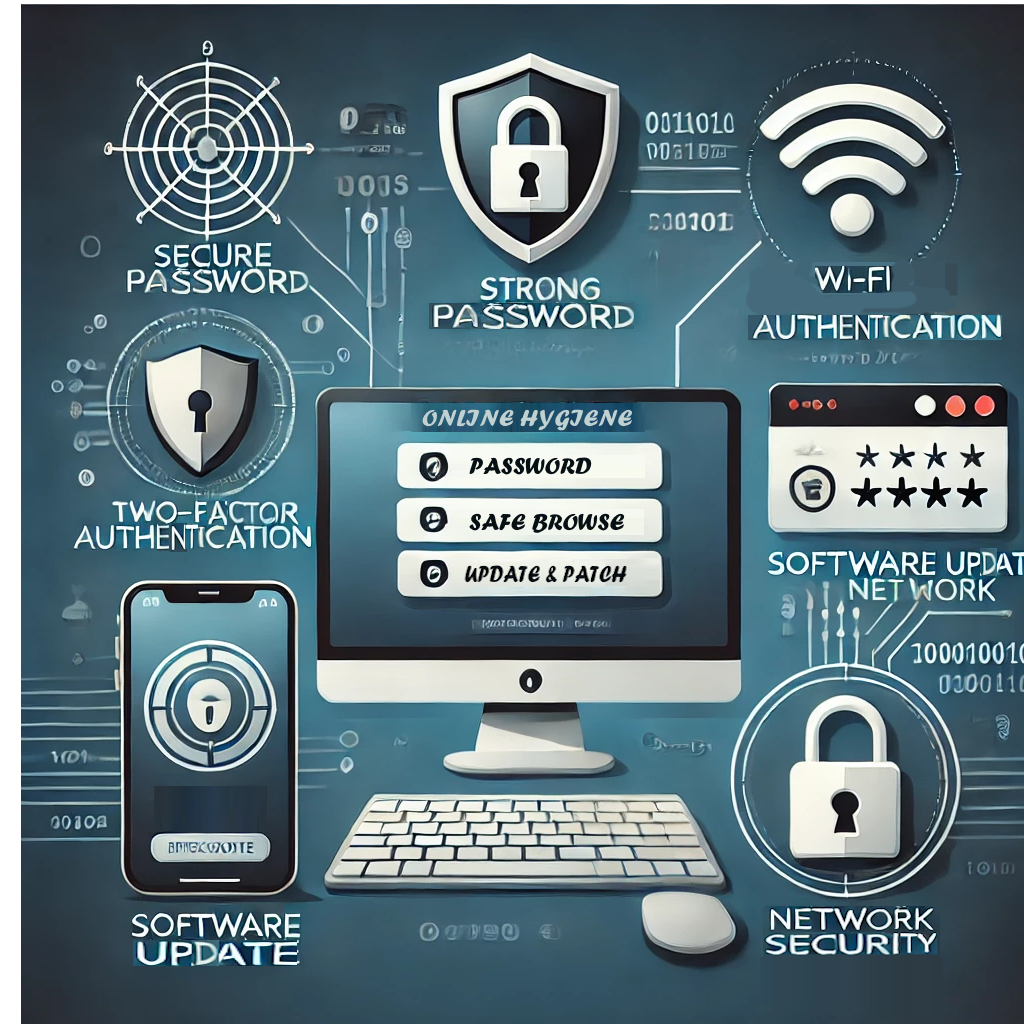Detailed Explanations of Common Threats
Cyber threats come in many forms, and understanding them is the first step toward protecting your business. Here, we’ll delve into some of the most common types of cyber threats that small businesses may encounter.- Virus
- What It Is: A virus is a type of malicious software that attaches itself to a legitimate program or file, enabling it to spread from one computer to another. As the virus spreads, it can corrupt or delete data, cause system crashes, or enable unauthorized access to sensitive information.
- Impact: Viruses can disrupt business operations, cause data loss, and result in costly repairs or data recovery. They often spread quickly through email attachments, downloads, or infected websites.
- Example: A small consulting firm was hit by a virus that spread through an email attachment. The virus corrupted important project files, causing delays and requiring extensive IT support to resolve the issue.
- Ransomware
- What It Is: Ransomware is a type of malicious software designed to block access to a computer system or data until a sum of money is paid. The attacker encrypts the victim’s files and demands a ransom for the decryption key.
- Impact: Ransomware can paralyze business operations, leading to significant financial losses. Paying the ransom does not guarantee data recovery, and it encourages further attacks.
- Example: A small medical clinic experienced a ransomware attack that locked all patient records. The clinic faced days of operational disruption, loss of patient trust, and had to invest heavily in data recovery and enhanced security measures.
- Phishing
- What It Is: Phishing involves fraudulent attempts to obtain sensitive information such as usernames, passwords, and credit card details by disguising as a trustworthy entity in electronic communications.
- Impact: Phishing attacks can lead to financial loss, data breaches, and identity theft. They often exploit human psychology rather than technical vulnerabilities.
- Example: An employee at a small law firm received an email that appeared to be from a legal software provider, requesting account login details. The employee complied, and the attackers used the credentials to access and steal sensitive legal documents.
- Malware
- What It Is: Malware is a broad term for any software intentionally designed to cause damage to a computer, server, client, or computer network. It includes viruses, worms, trojans, and spyware.
- Impact: Malware can disrupt operations, steal sensitive information, and cause significant downtime. It can be difficult to detect and remove.
- Example: A local restaurant’s reservation system was infected with malware that sent out spam emails from the restaurant’s email address. The malware compromised customer contact details and led to a loss of customer trust.
- Spyware
- What It Is: Spyware is software that secretly monitors and collects information about a user’s activities without their consent. This information can be used for malicious purposes.
- Impact: Spyware can lead to data breaches and identity theft. It can also slow down system performance and consume bandwidth.
- Example: A small marketing agency discovered spyware on their systems that had been tracking client interactions and stealing confidential business strategies for several months.
- Social Engineering
- What It Is: Social engineering is the psychological manipulation of people into performing actions or divulging confidential information. Unlike traditional hacking, it exploits human vulnerabilities rather than technical ones.
- Impact: Social engineering can lead to unauthorized access to systems, data breaches, and financial loss.
- Example: An attacker impersonated a high-level executive and called a small tech startup’s helpdesk, convincing them to reset an administrator’s password. This allowed the attacker to gain access to the company’s network and sensitive project files.



